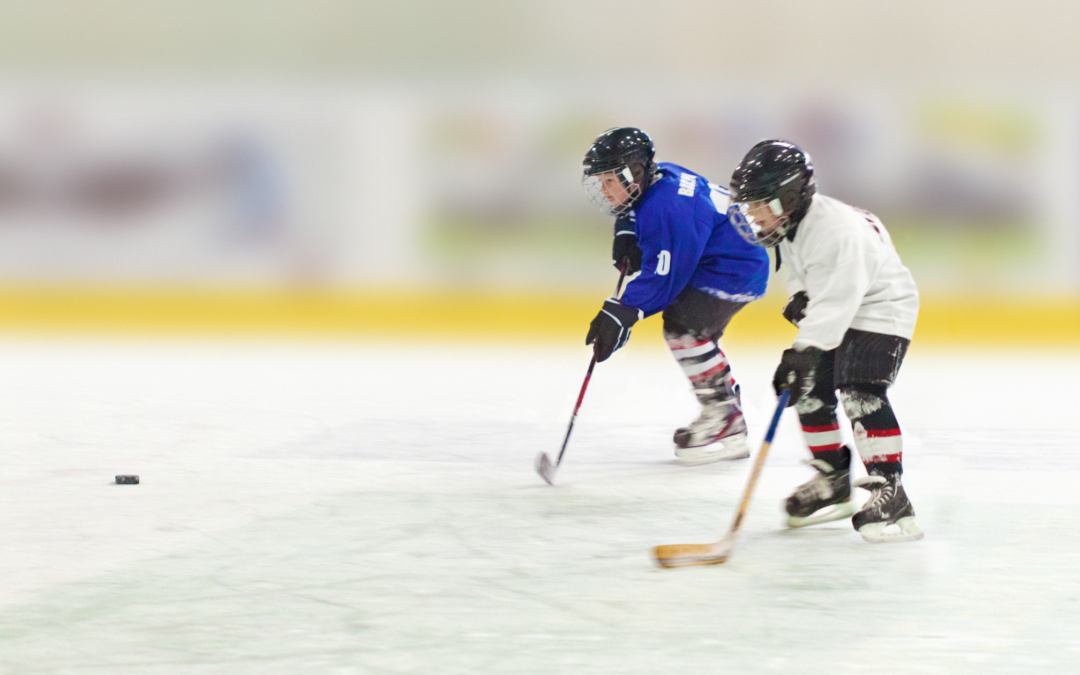Homeschooling Physical Education
When homeschooling a higher schooler for the first time, I remember my surprise when looking through my state’s credit requirements for graduation and seeing a semester of Physical Education. Gym class was not exactly my favorite high school memory, and I had consequently not given Physical Education much thought when I embarked upon my own homeschooling journey. For me, homeschooling conjured up images of books and libraries and nerd stuff. I simply had not considered that I would have to incorporate a physical component into my high school curriculum!
If you, too, have found yourself cobbling together a Physical Education course for your homeschool, read on! I will review ideas for constructing a homeschool gym class in this article.
Homeschooling P.E.
First things first, remember that homeschooling P.E. doesn’t need to look like a public school gym class. In general, it’s good to remember that homeschooling doesn’t need to mimic public school, but perhaps nowhere is this more evident than in P.E., where the setting and resources of a public school gym class are going to be so radically different from what you have at your disposal as a homeschooler.
So don’t think in terms of gym class. Instead, think about, “How can I create structured opportunities for physical activity?” Here’s some ideas!
Look for Local Open Gyms
With a bit of digging, you might find that there are ample opportunities in your neighborhood to use recreational facilities inexpensively. I was pleasantly surprised to discover many “open gym” activities in my area, which I learned about through local homeschool groups on social media.
For example, I discovered that a gymnastics school in the next town over has Open Gym once a week where any child can come and play on the rings, trampolines, and mats for only $5.00. I also found that a Christian summer camp only ten minutes from me has a full gymnasium they open weekly for Homeschool Day, where homeschooled kids can play basketball and participate in other physical activities. The local YMCA and a nearby mega-church were also equipped with expansive indoor gyms they occasionally made available for free to anyone who wished to use them. An hour’s visit to one of these venues once or twice a week could fulfill your P.E. requirements while giving everyone a nice afternoon out.
Get a Gym Membership
If you have older children—and if your schedule and budget permit it—consider getting an actual gym membership and making gym visits a part of your routine. The benefits of regular strength training are well-attested, including reducing body fat, building lean mass, improving our metabolism, and growing overall strength. Even if you’re not looking to get totally buff, a gym membership can be a great way to build healthy exercise and physical training habits your kids will carry with them for years to come.
Structured exercise also positively impacts self-esteem, something young people often struggle with, so there it’s good for mental health as well! Gyms come in all shapes and sizes, but some have very low membership fees (as low as $10 per month) and family discounts. I personally go to the gym three times a week with my son, and because he is family, he gets a discounted membership.
Count Your Extracurriculars
Your child might already be involved in an extracurricular activity that fulfills the requirements for P.E. Of course, make sure you check your state’s requirements for homeschool P.E. programs before making that determination.
When I checked the P.E. standards for Michigan, I noticed that they were structured around ensuring children had competency in basic motor skills and movement patterns: jumping, landing, tumbling, balancing, and stretching were specifically mentioned, among many others. Reading this made me realize that two of my daughters already fulfilled the state’s P.E. requirements through extracurricular activities. My eldest has ballet class three times per week, and my middle daughter has a gymnastics class four hours per week. Once I realized this, all I did was track what sorts of movements and routines they were working on and the movement skills they practiced during class and counted it for P.E. So, before you start planning a P.E. course, stop to think whether your kids are already doing one!
Calisthenics At Home
Calisthenics is a form of exercise that centers on using one’s own body weight as resistance to perform multi-joint, compound movements with little or no equipment. It is popular because it can be done at home with no equipment. All you need is an open space to perform the movements and, at most, a chair or couch.
The great thing about calisthenics is that they can be easily scaled based on age. Elementary-age calisthenics could include movements such as duck walks and frog jumps, whereas calisthenics for teens would include squats, lunges, and planks. Almost limitless calisthenics resources are available online, including video demonstrations, sample workout plans, and online routines for all ages you can work along at home.
Form a Co-Op Phys Ed Class
If you have a homeschool co-op in your area, see if they have P.E. classes. If they don’t, consider starting one. At the co-op, I used to teach for, a half-hour was set aside every day after lunch for structured physical activities. Adult volunteers organized the boys and girls into teams for different sports and activities. This not only got the kids some solid physical exercise every week but also provided a welcome break in a full day of academics.
Don’t Forget the Instructional Component!
P.E. is about more than just physical activity; it’s about understanding how the body moves and functions. Whatever you are doing for P.E., don’t forget to incorporate a bit of instruction. This is a good place to discuss how the cardiovascular system works, the importance of hydration, what various muscle groups do, and how nutrition impacts our bodily performance. If you are studying body systems in biology or nutrition, this could be a unit study, giving you an excellent opportunity to fuse your children’s class work and physical fitness together around a single subject. For example, a biology lesson on the cardiovascular system could include class time where students learn about how the cardiovascular system functions, followed up by actual cardio activities during P.E. time.
Does Play Time Count?
In considering Phys Ed, many parents may think, “My children play a lot and are fairly active. Doesn’t that count? Do I really need to do Phys Ed?” The answer is…it depends. Here, it really matters on what (if anything) your state requires of you. You may be able to get by counting a daily play hour as P.E., especially if you live in a state where homeschooling isn’t heavily regulated. But the devil is in the details.
In the state of Michigan, for example, our standards make it clear that P.E. is not merely about “being active” but being active in a structured way that helps children master specific skills. While those skills are basic at elementary ages (e.g., running, skipping, etc.), by high school, they get quite specific; jumping rope, volleying a ball, and utilizing strategy in team-based games are all mentioned. If your kids are just playing outside at lunchtime, you may be unable to count that towards P.E. if it is not structured and does not incorporate the required standards. Again, it depends on what is required in your state, but in general, just letting your kids play or taking them on walks will fall short of what is required for P.E.
Online Resource
Homeschool Connections offers a variety of online courses that can count toward P.E., including:
- Middle School Health and Fitness
- Introduction to Physical Education and Health
- Sports and Recreation for Everyone
- High School Health I: Fitness
Conclusion
We’ll have more about homeschooling Phys Ed in future installments. But what about you? How have you tackled physical education in your homeschool? Join me and other homeschooling parents at our Homeschool Connections Community or our Facebook group. We’d love to hear about your favorite homeschool P.E. ideas or answer your questions!






